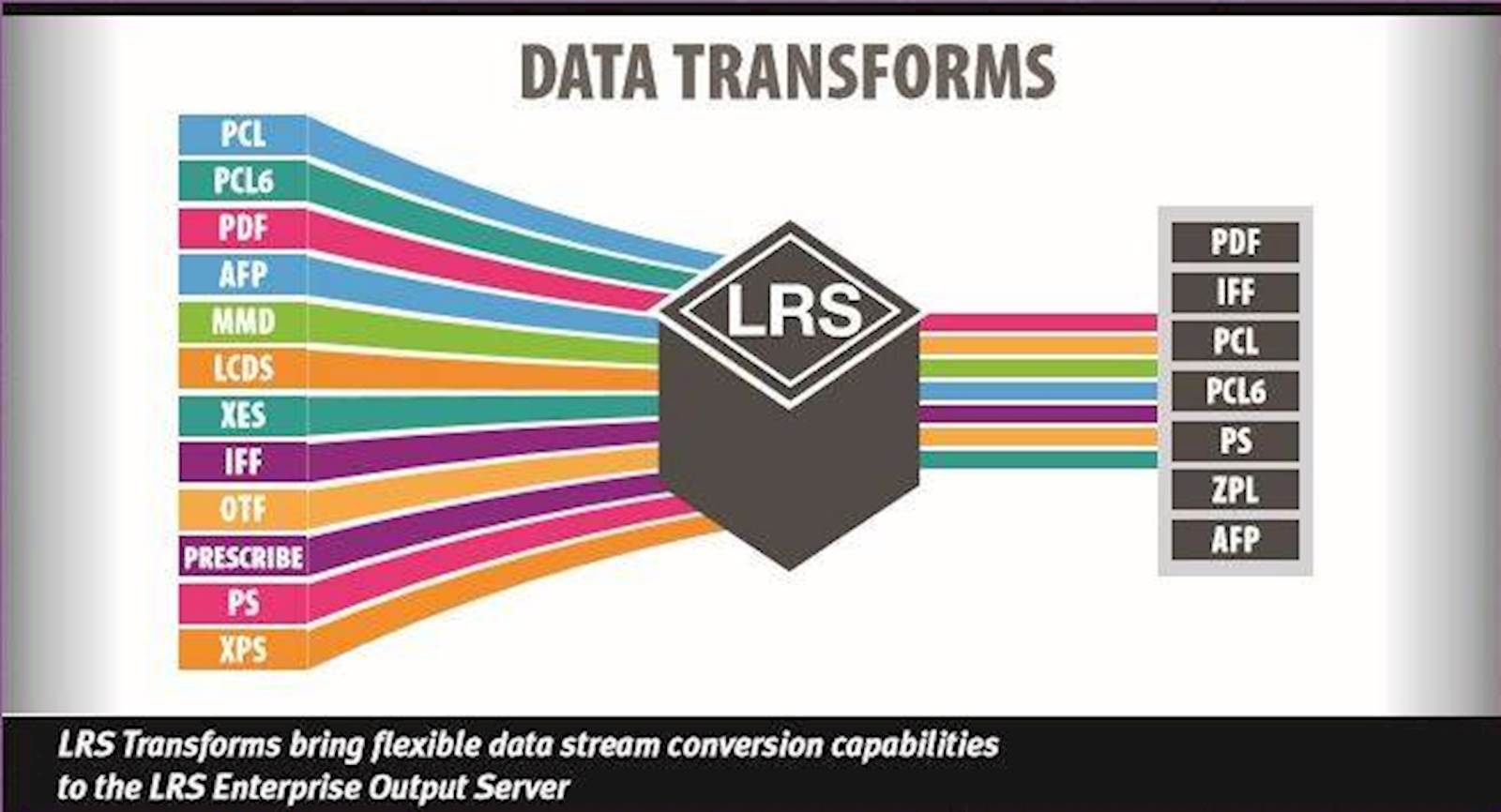Printing Tray Selection
There are still many business processes that require very specific documents to be printed on standard paper. Sometimes there are also documents that need to be printed on special color paper, pre-printed letterhead, or business stationery. Without documents like shipping manifests and pick tickets, business processes grind to a halt. Timely, accurate, reliable printing is a critical success factor.
Most printing devices today support more than one input tray where a user can load this special paper stock. However, automatically selecting the correct input printing tray can be difficult, especially when you're in the process of changing your printer fleet or renewing your applications.
When a given business process requires a different paper stock, you can usually specify within the source application (at the logical page level) which paper size to use. However, the specific tray selection is not always easy to control, because there is no agreed-upon standard to identify an input or output tray printing parameter across all the different device types. Each hardware vendor does things a different way. This leaves things up to the print driver to properly manage printing tray selection, for example, in the case of Windows or SAP environments that use specially-developed drivers to process native print requests.
Printer Command Language (PCL) is a popular page description language that attempts to harmonize this process. It does so by enabling “logical tray” selection that tells the physical device which input tray to use for a given print process (as well as which output tray the finished document should go to). However, it is unlikely that these logical tray numbers are the same ones indicated on the physical printer tray itself. Even worse, not all vendors and printers use the same logical print tray numbers. PostScript is a popular alternative to PCL that takes a similar approach to the challenge of printer tray selection. Unfortunately, it does not introduce any significant improvement in the process of specifying the printer tray settings.
LRS Enterprise Output Management software simplifies the way you manage requirements for tray selection, allowing you to logically decouple your business applications from the physical devices in your printer fleet. As a result, the business applications no longer need to be concerned with the final destination device where the reports should be sent.
First of all, LRS Transform software perfectly interprets any data stream command used to select a specific print tray and preserves these printer tray settings in the output data stream itself. The LRS software also gives you the flexibility to configure each transform for each physical device (server queue) to map the correct physical printer tray based on the specified input logical tray number.
In the diagram below, you see the full list of PDLs (Page Description Languages) that LRS can receive as input and the various standard formats that it can produce as output:

For example, SAP software is a widely used ERP system that can take advantage of the LRS Transform capabilities as well as the benefits of using an Enterprise level External Output Management solution like VPSX/OutputManager software.
Tray selection the SAP way
In an SAP application environment, the SAP Generic Output Format (SAPGOF or OTF) utilizes a specific method to denote the input print tray and output print tray:
- TRY01 Paper tray 1
- TRY02 Paper tray 2
- TRY03 Paper tray 3
- TRY04 Paper tray 4
- TRYMN Manual paper feed
- TRYEN Envelope feed
- TRYME Manual envelope feed
In essence, SAP software relies on print drivers to handle the complex task of associating the logical tray setting to the one specified within the SAPGOF data stream. However, these print drivers are not always updated and accurate for that SAP instance.
When dealing specifically with SAPGOF data produced by SAP application servers, LRS offers many different OTF2xxx Transforms that generate output in all standard printer language formats (e.g., PCL, PostScript, etc.). This helps you meet your requirements even in the case of heterogeneous printer fleets, allowing you to match logical to physical print trays without the use of SAP-specific drivers.
From the simplest to the most complex requirement, LRS Enterprise Output Management solutions help you manage your print environment without putting your business at risk.
As always, for advice and help when implementing these or other printing-related changes, feel free to contact your local LRS printing expert. We will be glad to help you construct the required filter or determine the best solution to your printing challenge.